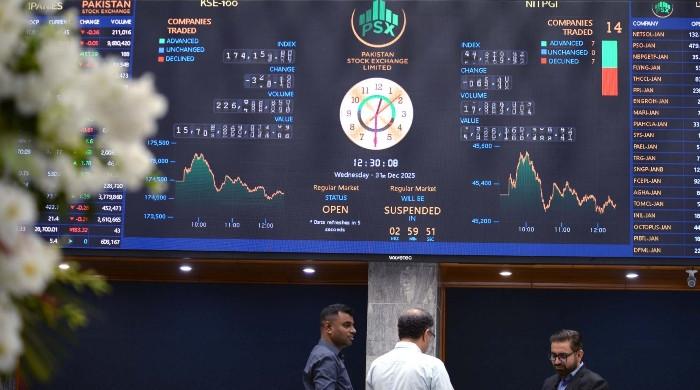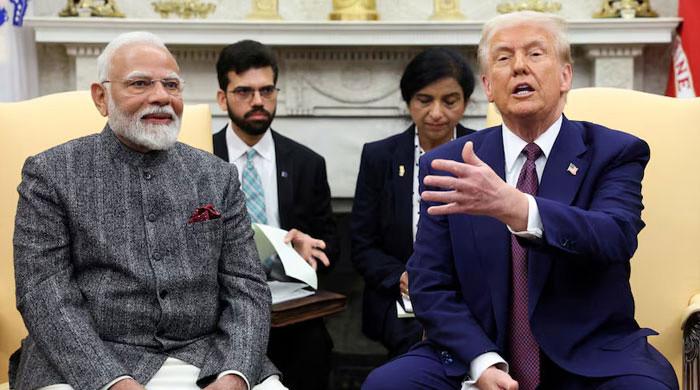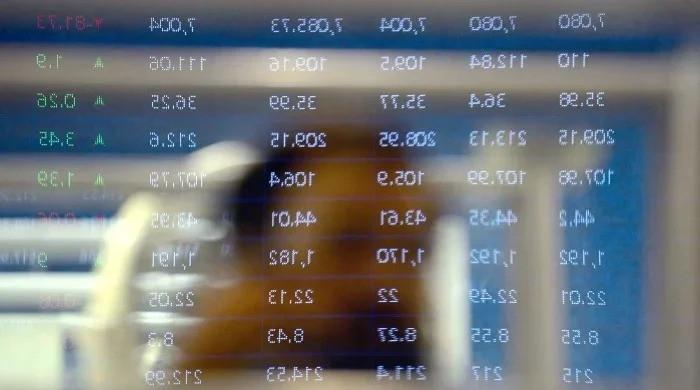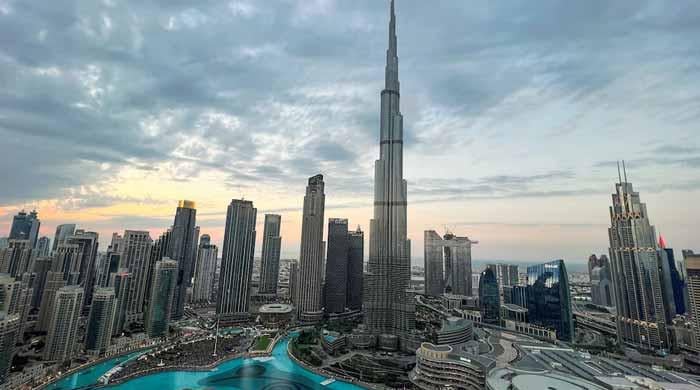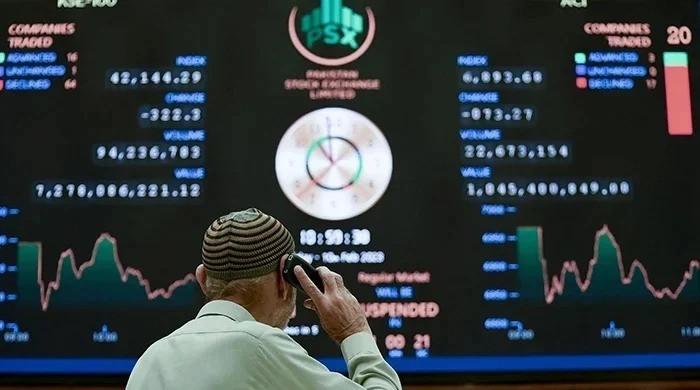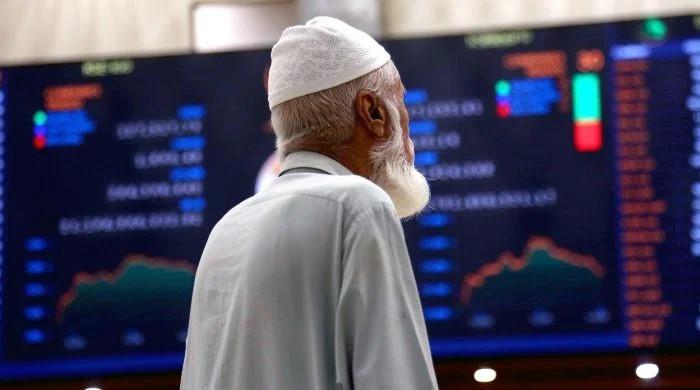Rupee slumps to new historic low of 178.61
Analyst says currency is under pressure due to geopolitical uncertainty which is affecting the commodity prices
March 08, 2022
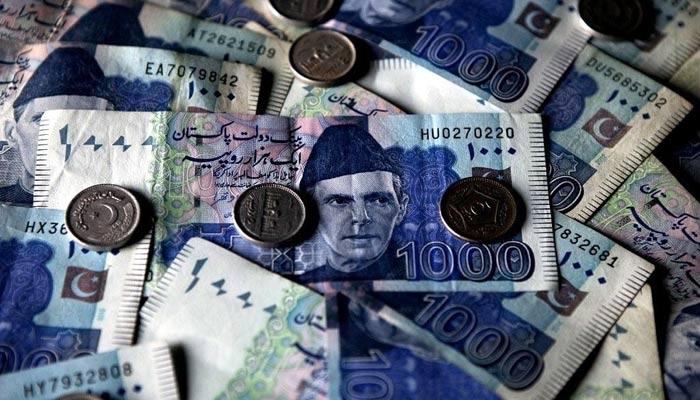
- Rupee last dropped to a record low of Rs178.23 on December 29.
- Local unit has depreciated by Rs21.07 since July 1, 2021.
- Analyst says currency is under pressure due to geopolitical uncertainty.
KARACHI: Pakistani currency plunged to an all-time low of Rs178.61 against the US dollar in the inter-bank market on Tuesday amid a strong demand for the greenback as importers resorted to panic buying of the foreign currency amid the ongoing rising commodity prices.
According to the State Bank of Pakistan (SBP), the local currency closed at Rs178.61 against the greenback today while the rupee traded at Rs178.13 on Monday.
The local currency last dropped to a record low of Rs178.23 against the US currency on December 29.
The rupee had maintained a downward trend for the past 10 months. It has lost 17.29% (or Rs26.34) to date, compared to the record high of Rs152.27 recorded in May 2021.
After posting a fresh decline of 0.27%, the Pakistani rupee has depreciated by 13.37% (or Rs21.07) since the start of the current fiscal year on July 1, 2021, data released by the central bank revealed.
Speaking to Geo.tv, Arif Habib Limited Head of Research Tahir Abbas said that currency is under pressure due to geopolitical uncertainty which is affecting commodity prices.
“Oil prices and commodity prices are rising and if they remain in the same range for the next four months Pakistan’s import bill will record an increase of around $4 billion,” he said.
The analyst was of the view that the rupee’s movements are dependent on commodity prices in the international market.
Investors are also closely monitoring the developments regarding the International Monetary Fund (IMF) review.
Pakistan and the IMF kick-started virtual parleys on March 4 for the completion of the seventh review under the Extended Fund Facility (EFF), where the PM’s relief package and granting another tax amnesty for the industrial sector will be major thorny issues between the two sides.
“There are many factors which can determine the rupee’s future course, such as the high current account deficit due to skyrocketing global commodity prices caused by geopolitical tension, fast-declining foreign exchange reserves, and evolving political crisis in the country,” said a currency dealer.
The central bank’s monetary policy decision was also the key factor for setting the rupee direction.
Later, after the market closed, the SBP decided to keep the policy rate unchanged at 9.75% for the next six weeks.




